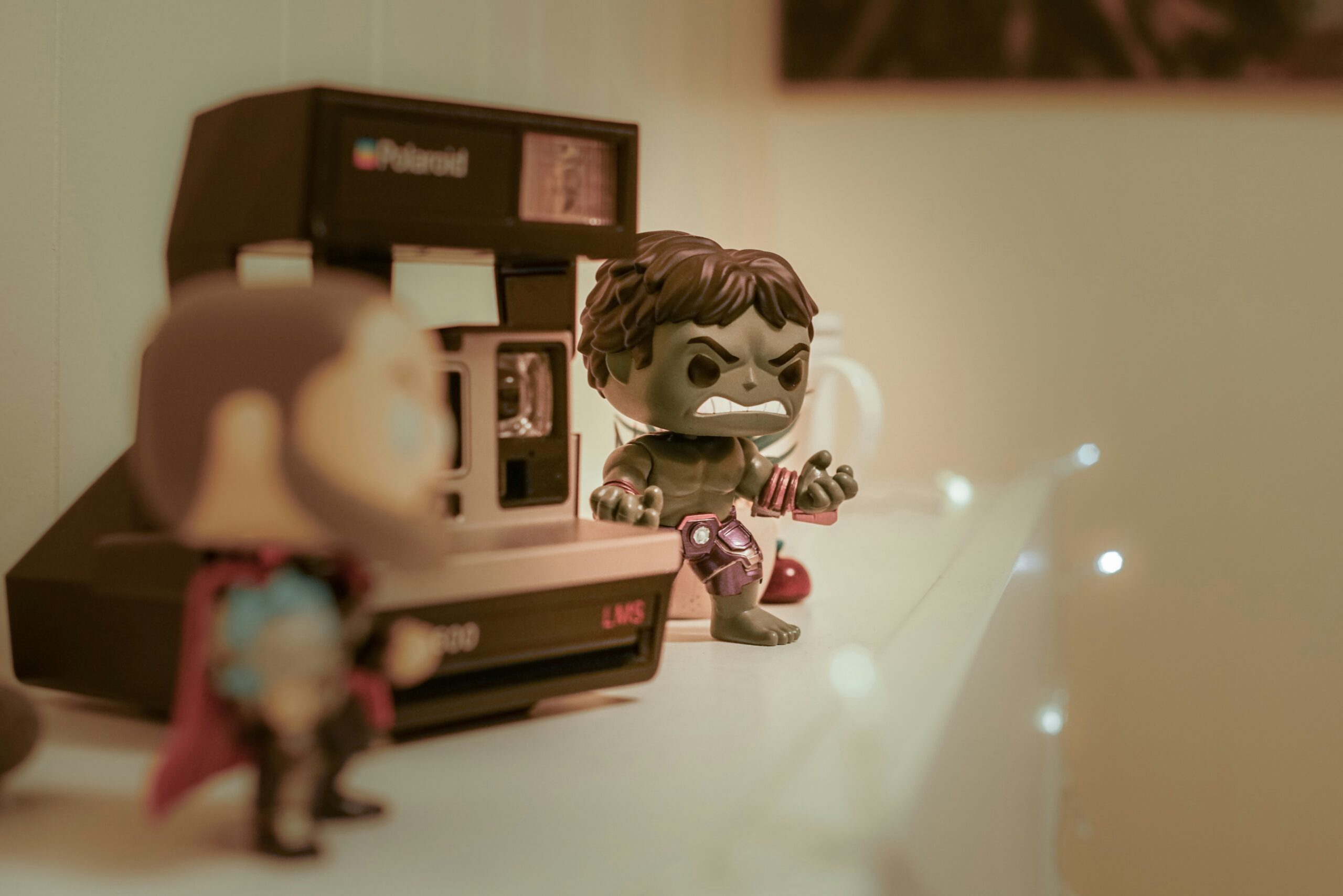As explained by the US Patent & Trademark Office, a design patent protects the “… visual ornamental characteristics embodied in, or applied to, an article of manufacture.” More specifically, a design patent can protect:
- The configuration of an article
- The shape of an article
- The surface ornamentation applied to an article or
- A combination of configuration and surface ornamentation
In general, a design patent protects the way an manufactured article looks. This is distinct from a utility patent which protects the way an article is used and works. Note that by definition, a design patent must “attach” to a physical object (an article of manufacture). Thus, there can be no design patents for abstract things like processes and methods.
Obtaining a design patent is similar to obtaining a utility patent. Briefly, here are the steps needed to obtain a design patent:
Conduct a patent search — Like all patents, a patentable design must be novel and non-obvious. These are the two main requirements and, if a proposed design is NOT novel and non-obvious, then the Patent Office will not grant a patent. Novel means that the design has not already been patented or publicly disclosed (like published in a trade journal or at an industry conference or in prior art on file with the Patent Office or with foreign patent offices).
The main purpose of a patent search is to ensure that the design has not already been patented and has not already been disclosed in the prior art. An experienced patent attorney can help with the search process.
Make sure the design meets the legal requirements for patentability
As noted, the second legal requirement for patentability is non-obviousness. Non-obvious is legally complex, but, generally, a small change to a previously disclosed and/or patented design will not be sufficient. Examples might be merely changing the color or just making the design bigger. In legal terms, the change in the “new” design must be sufficiently different from the “old” design that “a person having ordinary skill” in the relevant field of endeavor would not find it obvious to make the change.
During the patent search, similar design patents should be discovered. An evaluation must then be made with respect to obviousness. Again, an experienced patent attorney can help with this analysis.
Begin preparing the patent claims, descriptions, and drawings
All patent applications must contain claims, descriptions, and drawings. But, given that design patents are about appearance or shape, the claims, descriptions and drawings are even more important. Indeed, the drawings will be key if there is no physical prototype of the design. Several drawings are recommended showing the three-dimensional aspects of the design from various angles and perspectives.
Prepare and file the application
Once the claims, descriptions, and drawings are ready, then the application can be prepared and filed. Again, it is essential to hire an experienced patent attorney to file your patent application and shepherd the application through the legally complex process of Patent Office review.
For more information or if you have an invention or design that you want to patent, contact the patent lawyers at Revision Legal at 231-714-0100.




